A Brief History Of... The Paper Dress
A little ripple of excitement travelled through Beyond Retro HQ this week. Why might you ask? Well, our amazing sourcing team found an original 1960s paper dress (tag and all!); it's now being safely stored in the Beyond Retro vintage archive. This little gem is very rare as you probably might have already guessed, not many lived past 1969, you know with the whole being made of paper thing... 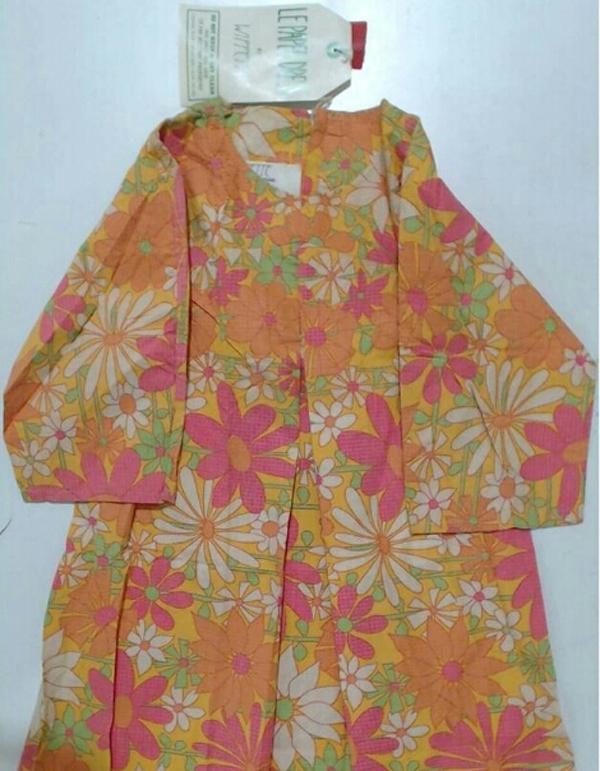 The sixties signalled exciting changes in pop culture, music, art and of course
fashion! In the '60s fashion became fast, fun and affordable, the artifice and prestige that had previously surrounded the production and purchase of fashion gave way to a new breed of consumer, hip young things who had some disposable income and wanted to spend it!
The sixties signalled exciting changes in pop culture, music, art and of course
fashion! In the '60s fashion became fast, fun and affordable, the artifice and prestige that had previously surrounded the production and purchase of fashion gave way to a new breed of consumer, hip young things who had some disposable income and wanted to spend it! 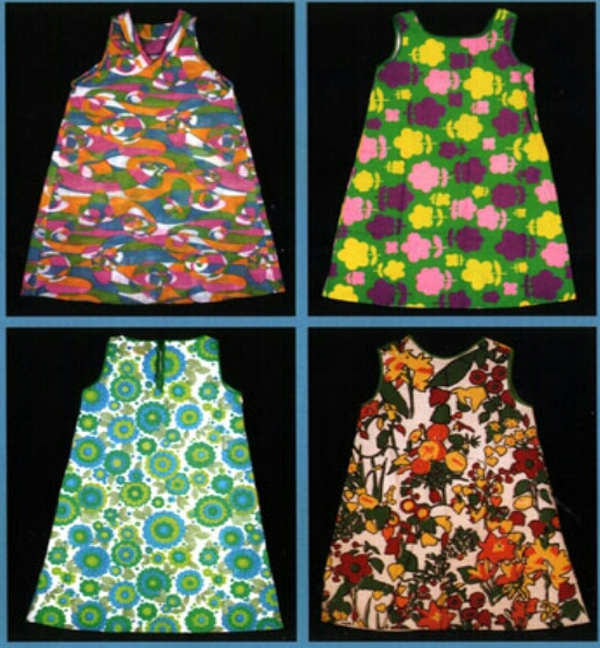 The paper dress characterises this fast, fun and affordable attitude within 60s fashion. Paper clothes and accessories had been around since the 19th century but it was the American Scott Paper Company that first mass-produced paper fashion in 1966 as part of a marketing stunt. Customers could send in a coupon and $1.25 to receive a dress made of "Dura-Weve". Dura Weave is a cellulose based material, which had been patented in 1958. The dresses of course had their many pitfalls they ripped, you couldnt wash them, and there was the distinct possibility of being turned into a human fireball if you per chance dropped your cigg on yourself - talk about disposable fashion.
The paper dress characterises this fast, fun and affordable attitude within 60s fashion. Paper clothes and accessories had been around since the 19th century but it was the American Scott Paper Company that first mass-produced paper fashion in 1966 as part of a marketing stunt. Customers could send in a coupon and $1.25 to receive a dress made of "Dura-Weve". Dura Weave is a cellulose based material, which had been patented in 1958. The dresses of course had their many pitfalls they ripped, you couldnt wash them, and there was the distinct possibility of being turned into a human fireball if you per chance dropped your cigg on yourself - talk about disposable fashion. 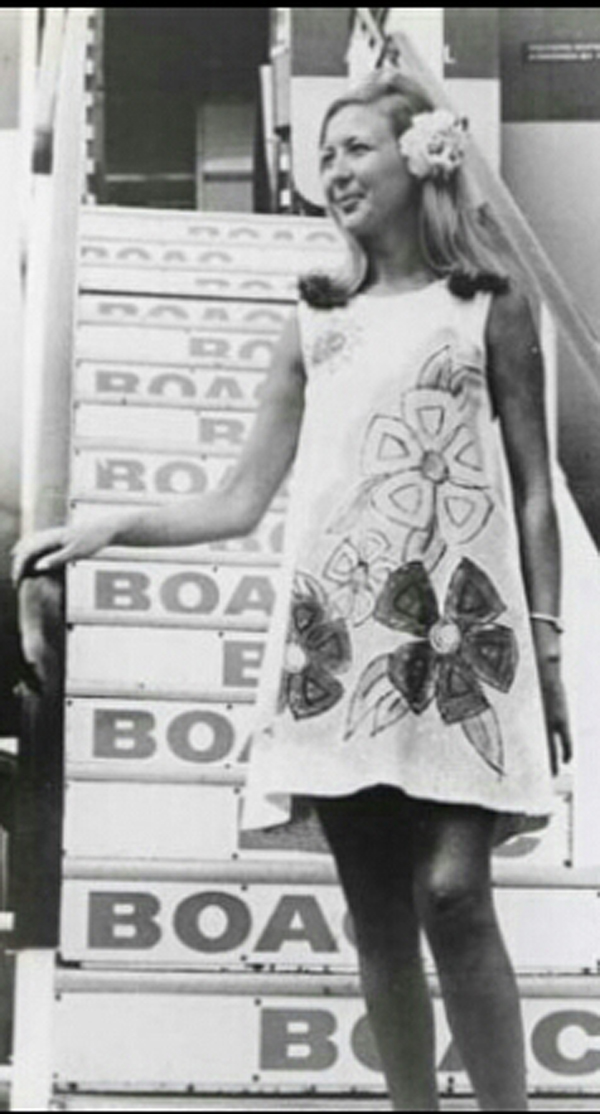 The 1960s paper dresses were often covered in bright, colourful psychedelic and floral patterns. The king of consumer art, Andy Warhol, of course got in on the trend, creating a design based on his famous Campbell's soup can print.
The 1960s paper dresses were often covered in bright, colourful psychedelic and floral patterns. The king of consumer art, Andy Warhol, of course got in on the trend, creating a design based on his famous Campbell's soup can print. 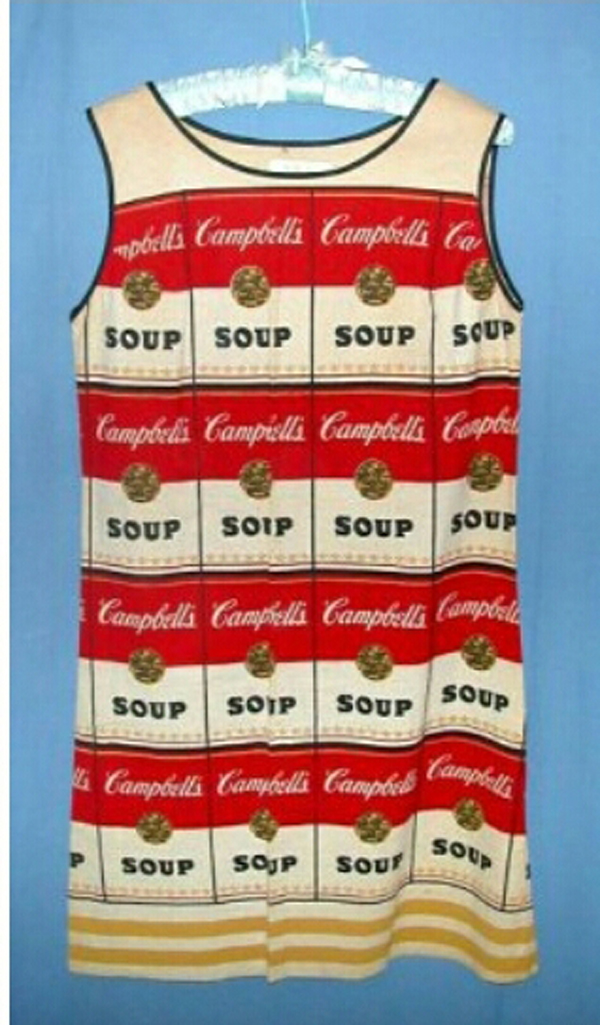 There was a resurgence of the paper dress trend in the 1990s. Throughout this decade designers such as Hussein Chalayan and Sarah Caplan (of the company MPH) experimented with Tyvek technology to create a washable, tear poof, water resistant and recyclable paper clothing. Bjork wore one of Hussein Chalayans paper jackets trimmed with signature airmail stripes for her Post album cover in 1995.
There was a resurgence of the paper dress trend in the 1990s. Throughout this decade designers such as Hussein Chalayan and Sarah Caplan (of the company MPH) experimented with Tyvek technology to create a washable, tear poof, water resistant and recyclable paper clothing. Bjork wore one of Hussein Chalayans paper jackets trimmed with signature airmail stripes for her Post album cover in 1995. 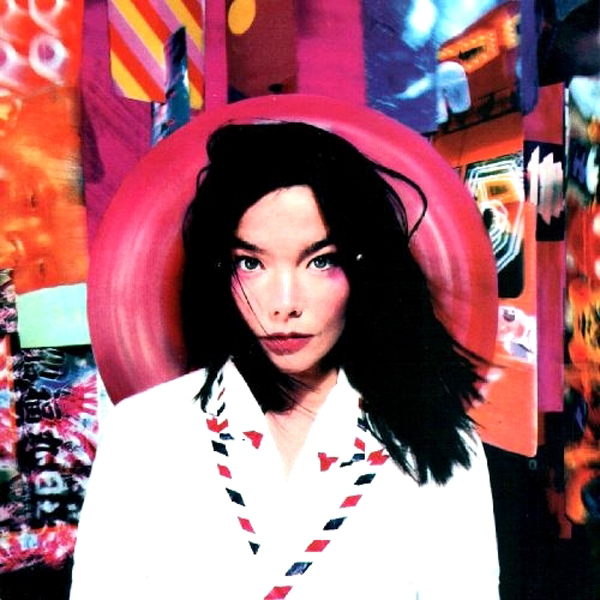
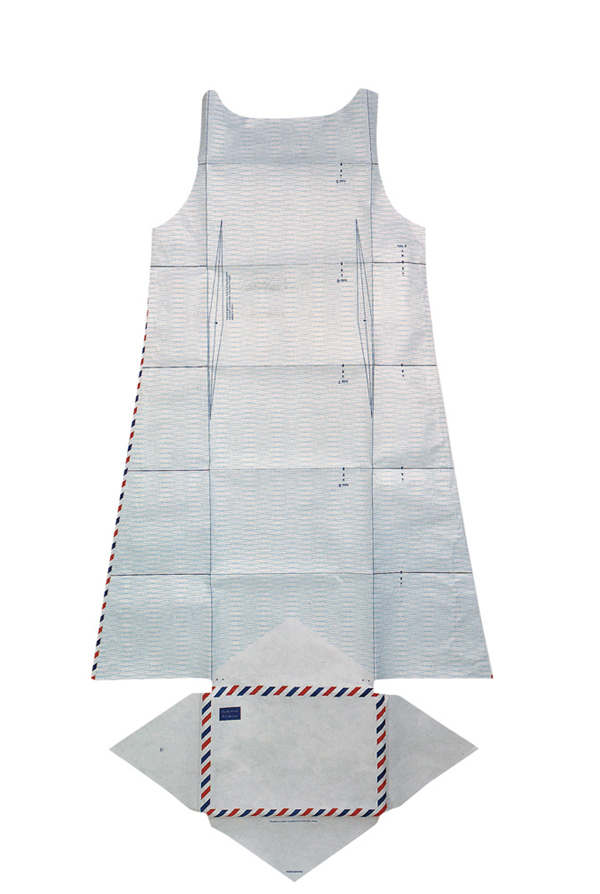 This partnering of fashion and technology typifies much of the excitement that surrounded the concepts of sustainable fashion and technology at the turn of the millennium. Perhaps, it was (and still is) the 1990s rebellious answer to the fast fashion of the 1960s.
This partnering of fashion and technology typifies much of the excitement that surrounded the concepts of sustainable fashion and technology at the turn of the millennium. Perhaps, it was (and still is) the 1990s rebellious answer to the fast fashion of the 1960s.
 The sixties signalled exciting changes in pop culture, music, art and of course
fashion! In the '60s fashion became fast, fun and affordable, the artifice and prestige that had previously surrounded the production and purchase of fashion gave way to a new breed of consumer, hip young things who had some disposable income and wanted to spend it!
The sixties signalled exciting changes in pop culture, music, art and of course
fashion! In the '60s fashion became fast, fun and affordable, the artifice and prestige that had previously surrounded the production and purchase of fashion gave way to a new breed of consumer, hip young things who had some disposable income and wanted to spend it!  The paper dress characterises this fast, fun and affordable attitude within 60s fashion. Paper clothes and accessories had been around since the 19th century but it was the American Scott Paper Company that first mass-produced paper fashion in 1966 as part of a marketing stunt. Customers could send in a coupon and $1.25 to receive a dress made of "Dura-Weve". Dura Weave is a cellulose based material, which had been patented in 1958. The dresses of course had their many pitfalls they ripped, you couldnt wash them, and there was the distinct possibility of being turned into a human fireball if you per chance dropped your cigg on yourself - talk about disposable fashion.
The paper dress characterises this fast, fun and affordable attitude within 60s fashion. Paper clothes and accessories had been around since the 19th century but it was the American Scott Paper Company that first mass-produced paper fashion in 1966 as part of a marketing stunt. Customers could send in a coupon and $1.25 to receive a dress made of "Dura-Weve". Dura Weave is a cellulose based material, which had been patented in 1958. The dresses of course had their many pitfalls they ripped, you couldnt wash them, and there was the distinct possibility of being turned into a human fireball if you per chance dropped your cigg on yourself - talk about disposable fashion.  The 1960s paper dresses were often covered in bright, colourful psychedelic and floral patterns. The king of consumer art, Andy Warhol, of course got in on the trend, creating a design based on his famous Campbell's soup can print.
The 1960s paper dresses were often covered in bright, colourful psychedelic and floral patterns. The king of consumer art, Andy Warhol, of course got in on the trend, creating a design based on his famous Campbell's soup can print.  There was a resurgence of the paper dress trend in the 1990s. Throughout this decade designers such as Hussein Chalayan and Sarah Caplan (of the company MPH) experimented with Tyvek technology to create a washable, tear poof, water resistant and recyclable paper clothing. Bjork wore one of Hussein Chalayans paper jackets trimmed with signature airmail stripes for her Post album cover in 1995.
There was a resurgence of the paper dress trend in the 1990s. Throughout this decade designers such as Hussein Chalayan and Sarah Caplan (of the company MPH) experimented with Tyvek technology to create a washable, tear poof, water resistant and recyclable paper clothing. Bjork wore one of Hussein Chalayans paper jackets trimmed with signature airmail stripes for her Post album cover in 1995. 
 This partnering of fashion and technology typifies much of the excitement that surrounded the concepts of sustainable fashion and technology at the turn of the millennium. Perhaps, it was (and still is) the 1990s rebellious answer to the fast fashion of the 1960s.
This partnering of fashion and technology typifies much of the excitement that surrounded the concepts of sustainable fashion and technology at the turn of the millennium. Perhaps, it was (and still is) the 1990s rebellious answer to the fast fashion of the 1960s.










